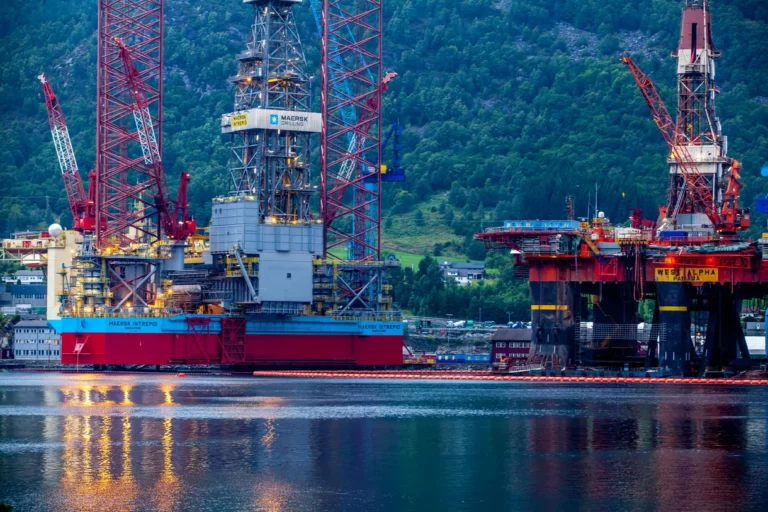Op-ed – “Gas prices reach new 2018 low, but some states won’t reap the benefits”
The Daily Caller recently published an opinion piece by GAIN spokesman Craig Stevens highlighting record-low gas prices for 2018. Stevens suggests that the cost of fuel is one of the “most recognizable and reliable economic indicators” here in the US, affecting millions of Americans each day. The op-ed emphasizes the benefits of affordable gas, noting that the average US family spends about five percent of its annual income on fuel, about $2,400 for last year. With cheaper gas prices, the money that families save can instead go towards a variety of other household commodities.
Stevens contends that the “downward trend in retail fuel prices is a boon for consumers, and it owes largely the surge in energy development happening across the nation.” He points out that while the national average of gas prices is impressively low, states like California face gas prices more than 40 percent above the national average. Stevens argues:
As conventional wisdom holds, retail prices follow crude. But there’s more to the story. Crude oil makes up about half the price consumers face at the pump, and research indicates that a $1 change in the price of crude oil moves the retail value by approximately 2.4 cents. From there, many factors come into play, including local demand, state taxes, marketing and distribution.
One of the heftiest costs producers face — which, in turn, gets passed on to consumers — is that of moving energy products. Once pumped from the ground, developers ship oil and natural gas to refineries, which process it into market-grade fuels. These products are then transported to regional hubs, and finally on to the point of sale.
Studies show that as much as 20 percent of consumers’ costs owe to the expense of moving fuels from stage to stage.
Not surprisingly, states with the highest fuel costs tend to be those that lack midstream infrastructure to safely and effectively transport fuels.
The United States’ remarkable shale development has restructured the flow of energy from outside-in to inside-out, and pipeline deployment has struggled to keep pace.
In addition to a lack of infrastructure, several states have vehemently opposed new pipeline construction to alleviate these bottlenecks, such as New York Governor Cuomo’s “blockade” on infrastructure. Other states, like Pennsylvania, California, and Washington have implemented high fuel taxes. And by no coincidence, these states have some of the highest gas prices across the country.
Moving forward, the US must take advantage of the boom in energy production. In order for all Americans to share in these low fuel prices and benefit accordingly, we must expand our critical energy infrastructure network. Denying infrastructure growth is preventing progress – from New York to California. As Stevens concludes “To extend this progress nationwide, and to solidify the country’s march toward energy security, policymakers should prioritize the United States’ infrastructure capabilities.”

